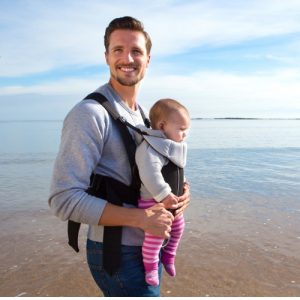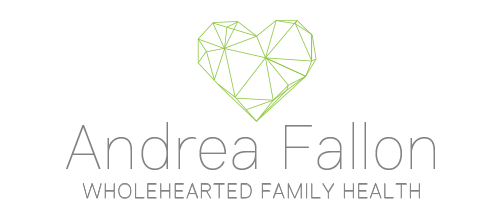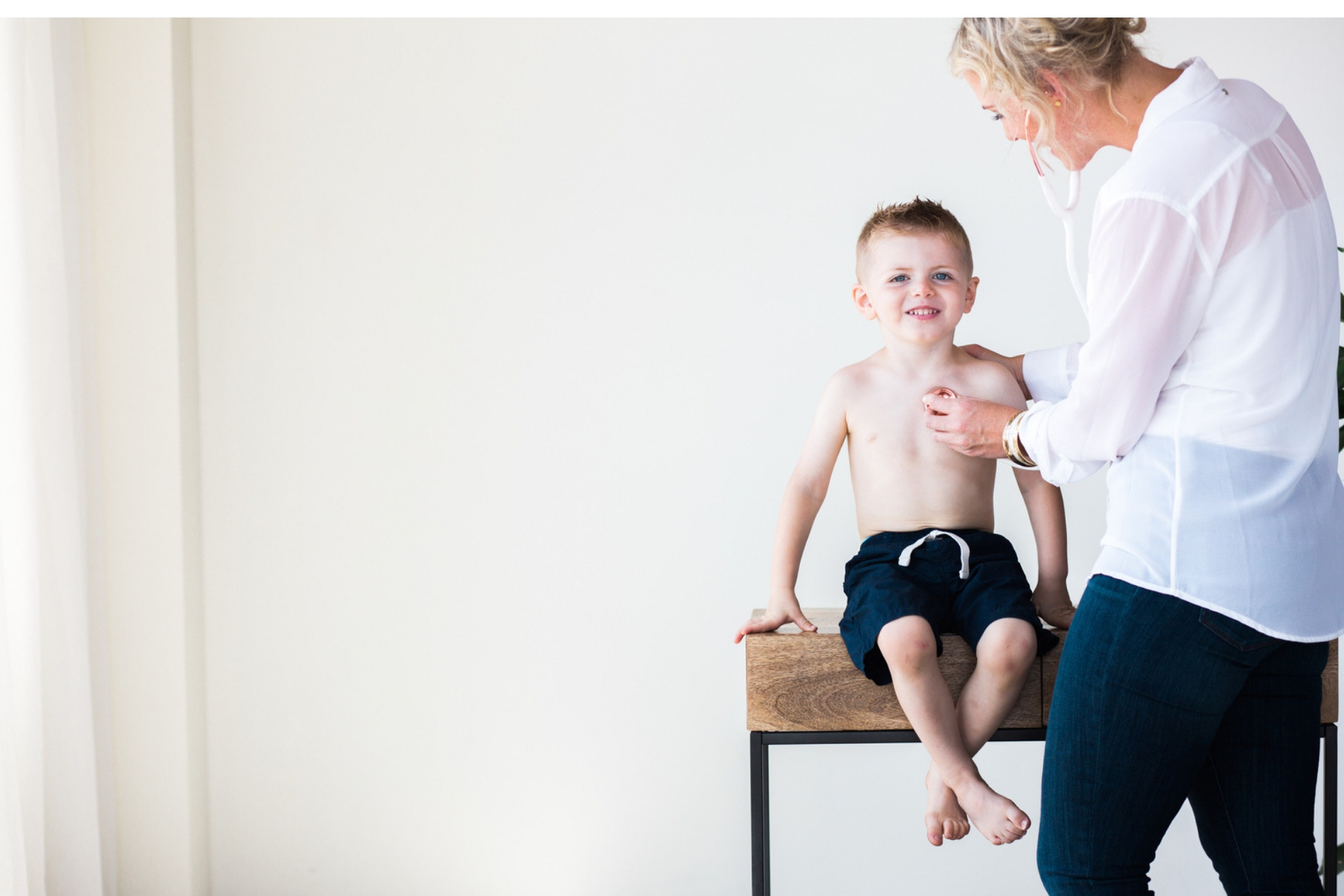6 Steps to Safe Babywearing
Alyce Mostert is the secretary of Baby Wearers Western Australia Inc and owner of Cloth and Carry. Please note that this article is written from a Western education perspective and may differ from cultural and generational knowledge around babywearing.
‘Babywearing’ simply means holding or carrying a baby or young child using a baby carrier. Holding a baby is universal and natural; baby carriers make it easier and more comfortable – Babywearing International
Choosing a carrier
For most carers, wearing your baby seems like the most natural thing in the world. With so many different styles and brands of carriers available, it can be a bit daunting!
Before you do anything I recommend that you research carriers to determine which one is the best option for your body, your baby and your lifestyle.
I suggest joining a local babywearing group (if you are in WA this is Baby Wearers Western Australia Inc.) and/or book a babywearing demonstration with me to try before you buy (details below).
Once you have that part sorted, it is important to ensure that you are wearing your baby safely.
Safe Babywearing
Step one: Check your carrier
The first step is to always ensure you check over your carrier before every use. If it is a wrap, ring sling or meh dai style carrier, always check the stitching and the fabric for tears or pulls. For buckle, half-buckle and hiking carriers also check all clips, buckles and adjusters as well.
Step two: Follow the TICKS principles of safe babywearing
When fitting your baby carrier it is important to follow the TICKS principles of safe babywearing:

TICKS used with permission of the UK Sling Consortium.
TIGHT
This refers to the entire wrap or carrier. If your carrier has a waistband it should be so tight that you cannot fit your fingertips between the waistband and your body. Always ensure that all buckles are fastened and tight.
The fabric over your child should be uniformly tight throughout the entire carrier, and it should be fitted tight enough that you could suddenly lunge forward without your child moving inside the carrier, wrap or sling.
Not only is this the safest way to wear your baby (or toddler, or big kid!) but it is also the most comfortable. If your carrier is too loose your baby may slump down and this could potentially interrupt their breathing, plus your centre of gravity will be affected and you may experience neck, back or shoulder pain.
IN VIEW AT ALL TIMES
Your baby’s face should be visible and airways clear of any fabric or straps at all times. If your baby slumps too low inside the carrier it may not be fitted correctly (for example too loose, or the panel may need to be adjusted to a smaller size) or the carrier may not be suitable for your child’s height or age range.
Once your baby can sit themselves up independently and maintain a seated position, you have the option to move them to a hip carry or back carry.
If your child is on your back you should wear them as high as possible, so that you can hear and feel them breathing on the back of your neck and they can see over your shoulder. Forward/outward facing should also be reserved for those children who can sit independently and only be used for short periods of time in an appropriately designed buckle carrier.
CLOSE ENOUGH TO KISS
A baby carrier should be worn high enough that the top of your child’s head is within 5 cm of your chin. In a front or hip carry, you should be able to kiss the top of their head without straining your neck. In a back carry you should be able to look up and gently rest the back of your head on your child’s forehead. At this height, you can easily monitor your child’s breathing and communication cues.
KEEP CHIN OFF THE CHEST
Keeping the chin up allows the airways to remain open. Infants, in particular, may have their airway blocked simply by resting their chin down on the chest. This is also relevant to a sleeping child, regardless of their age.
To avoid possible asphyxiation, a baby should never be positioned in a cradle carry within a wrap or carrier. In general, your child should remain high, tight and upright whilst being worn regardless of the style of carrier.
SUPPORTED SPINE
Did you know that a newborn has a C-shaped spinal curve called total kyphosis, which gradually develops into the classic S-shaped spinal curve, known as lumbar lordosis, that allows them to stand upright by approximately 1 year of age?
So how does this affect your babywearing journey? We want to ensure that your baby’s natural spinal curve is supported within whichever baby carrier option you choose to use.
This also assists their legs and hips to remain correctly positioned for healthy hip development. A newborn should be supported with their spine in a C-shape, without excessive pressure across the middle of their back, and with their knees tucked up high and close to their body.
You should also ensure that there is adequate neck support provided by your chosen baby carrier. As their spine develops the legs will naturally be positioned further apart and the spine will appear straighter within your carrier.
Step 3: Be cautious of Forward-Facing Outwards (FFO) Carriers

- Please note: A FFO position does not meet TICKS safe babywearing guidelines.
- Not recommended before 6 months.
- Minimise time where possible, ideally less than 20 minutes at a time.
- Pay attention to baby: tired and hunger signs, overstimulation.
- Sub-optimal for hip and spine positioning.
- May increase strain on wearer’s body.
- FFO does not offer ANY safe sleeping positions. If your baby falls asleep whilst FFO in a baby carrier they should always be turned around to face inwards or removed from the carrier altogether.
- Back and hip carrying are both great alternatives to FFO.
Step 4: Seek extra support if your baby has additional needs
PREMATURE AND LOW BIRTH WEIGHT
Healthy newborns can be worn in a woven wrap or ring sling regardless of weight or gestational age at birth. Newborns with medical conditions can be worn unless advice is specifically given to the contrary.
Stretchy wraps and soft structured/buckled carriers should not be used under 3.5kg due to the pressure placed across the baby’s back in these styles of carrier. A babywearing consultant can help in cases of prematurity, low birth weight and special needs.
DEVELOPMENTAL DYSPLASIA OF THE HIP
In Australia, screening for developmental dysplasia of the hip (DDH) is performed on all newborns and treatment can begin early. If left untreated, DDH can lead to early-onset arthritis.
Babywearing is beneficial to maintain recommended hip positioning to allow adequate development of the hip joints. Suboptimal carriers (i.e. those that do not support the spine and hips in a developmentally appropriate position) do not cause DDH, but they can exacerbate it.
Babies CAN be worn whilst in a hip harness, brace or cast however it is important to note that not all carriers are equal. Positioning is extremely important, and maintaining a natural M-position for the knees and hips as pictured is crucial to safely wearing your little one after a DDH diagnosis.
A qualified babywearing consultant can assist you to wear your baby whilst undergoing treatment for DDH, and there are lots of support groups available on Facebook for those parents wanting to share their journey with others in a similar position.
Step 5: Be mindful of activities that could be dangerous.
Whilst wearing your baby avoid:
- Sleeping
- Drinking hot liquids
- Driving a car
- Riding a bicycle
- Bending at the hips
- Running, jumping, strenuous activity (light activity is fine)
- Back carrying or forward-facing in a stretchy wrap
Step 6: Be aware of the limitations of your baby carrier
It is important to take note of the height and weight limits of your baby carrier or sling and ensure you always have adequate support and coverage of your child. It may be necessary to change to a thicker and/or stronger woven wrap, or toddler or kinder sized carrier as your child grows. There is no such thing as “too old [or heavy] to wear” provided you are using an appropriate carrier.
If you would like more information on wearing your child please do not hesitate to get in touch. I am always available to answer any questions or help ensure that you are wearing your baby carrier safely and comfortably.
You can contact me via my website
Additional Resources
This post is sponsored by Cloth and Carry.
[activecampaign form=1]




